
Carpal Tunnel Syndrome
Expert Hand & Wrist Surgeons in Orange County, CA
What is Carpal Tunnel Syndrome?
Carpal tunnel syndrome refers to an inflammation of the median nerve at the wrist. The carpal tunnel is a narrow passageway on the palm side of your wrist that protects the median nerve and nine tendons that pass from the forearm into the hand, which allow you to bend your fingers. Carpal tunnel syndrome results when swelling in this tunnel puts pressure on the nerve. Over time the increased pressure affects the way the nerve works, resulting in tingling, numbness and pain in the hand and fingers. Simply put, carpal tunnel syndrome can be likened to a pinched nerve at the wrist.
Causes of Carpal Tunnel
Although it has often been characterized as a repetitive-motion injury, there is no evidence to support this view. More likely, carpal tunnel syndrome is attributable to any condition which causes swelling of the lining of the flexor tendons, called tenosynovitis. This can include a number of conditions which put pressure on the median nerve such as wrist injuries, joint dislocations, and fractures. Even thyroid conditions and rheumatoid arthritis can be associated with carpal tunnel syndrome. Pregnancy and conditions that cause your body to store fluid may also cause carpal tunnel syndrome. Keeping the wrist bent for long periods of time, which may arise due to improper keyboard technique, can also exacerbate the condition. There may also be a combination of causes contributing to the condition.
Experts have found that genetics can play a role in the development of carpal tunnel syndrome (some people have smaller carpal tunnels, which increases the risk of developing the condition), as can constantly being exposed to vibrations, like regularly riding a motorcycle or using a jackhammer. Carpal tunnel syndrome is also more common in women, likely due to the carpal tunnel area being relatively smaller in women than in men.
Symptoms of carpal tunnel:
- Numbness or tingling of the thumb, index, middle and ring fingers
- Pain or tingling that may travel up the forearm toward the shoulder
- Weakness or clumsiness in the hand
- Dropping things due to weakness
Nonsurgical Treatment of Carpal Tunnel Syndrome
Conservative management of carpal tunnel syndrome is usually the treatment of choice when symptoms are not severe. In chronic cases where conservative management has failed to provide relief, surgery may be necessary to release the tendon. Fortunately, this is an outpatient procedure and patients usually have the use of their hands and fingers immediately after surgery.
- Nonsteroidal anti-inflammatory drugs (NSAIDs)
- Bracing or splinting to keep the wrist straight or in a neutral position
- Corticosteroids / Cortisone injections
- Apply ice to reduce swelling
- Reduce your force and relax your grip
- Take short, frequent breaks and gently stretch and bend hands and wrists
- Change your computer mouse to avoid straining the wrist
- Keep your hands warm to avoid stiffening of the hands
- Nerve gliding exercises
Surgical Treatment of Carpal Tunnel Syndrome
The surgical procedure used to treat carpal tunnel syndrome is called a carpal tunnel release. There are two different surgical techniques for doing this, but the goal for both is to relieve pressure on the median nerve in your wrist by cutting the ligament that forms the roof of the tunnel. This increases the size of the tunnel and decreases the pressure on the median nerve.
In most cases, carpal tunnel release is done as an outpatient procedure at the Hoag Orthopedic Surgery Center in Newport Beach. The surgery can be done under general anesthesia, which puts the patient to sleep, or by local anesthesia, which numbs just your hand and arm.
- Carpal Tunnel Release (Open Technique): Your surgeon makes a small incision in the palm of your hand over the carpal tunnel and cuts through the ligament to free the nerve. This increases the size of the tunnel and decreases pressure on the median nerve. After surgery, the ligament may gradually grow back together, but there will be more space in the carpal tunnel and pressure on the median nerve will be relieved.
- Carpal Tunnel Release (Endoscopic Technique): Your surgeon uses a telescopic device with a tiny camera attached to it (endoscope) to see inside the carpal tunnel. Your surgeon will then divide the transverse carpal ligament, similar to the open carpal tunnel release procedure.
The outcomes of open surgery and endoscopic surgery are similar. There are benefits and potential risks associated with both techniques. Speak with your hand & wrist surgeon at Newport Orthopedic Institute to determine which procedure is best for your specific condition.
Schedule a consultation with a Newport Orthopedic Institute Orthopedic
Hand & Wrist Surgeon
to treat your Carpal Tunnel Syndrome.
Call
(949) 722-7038

Where we provide Carpal Tunnel Syndrome Services
-
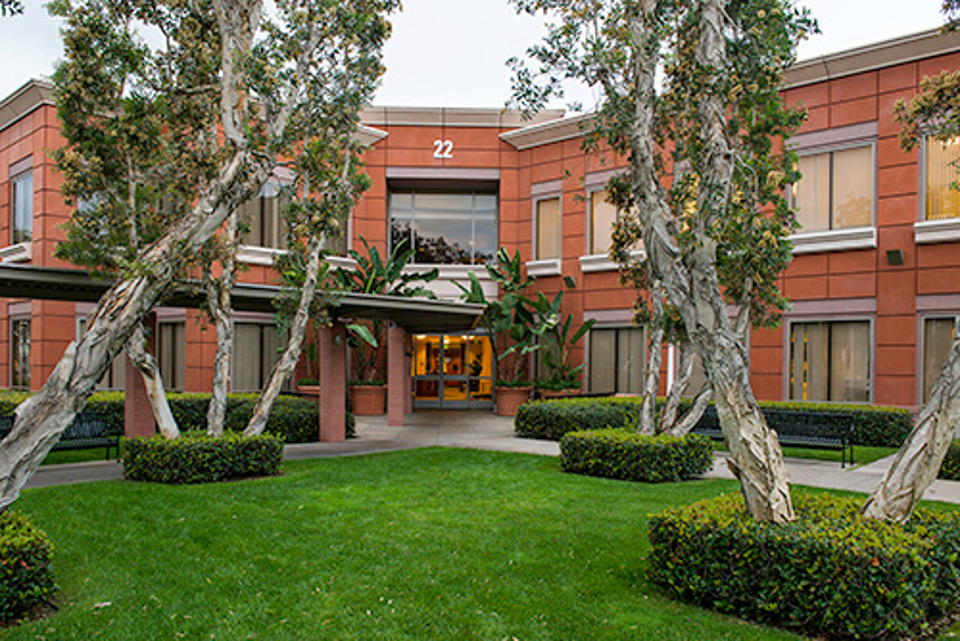 Hoag Orthopedic Institute Surgery Center - Newport Beach Hospitals & Surgery Centers 22 Corporate Plaza, Suite 150
Hoag Orthopedic Institute Surgery Center - Newport Beach Hospitals & Surgery Centers 22 Corporate Plaza, Suite 150
Newport Beach, CA 92660View Location -
 Newport Orthopedic Institute - Huntington Beach Orthopedics Physician Offices 19582 Beach Boulevard, Suite 306
Newport Orthopedic Institute - Huntington Beach Orthopedics Physician Offices 19582 Beach Boulevard, Suite 306
Huntington Beach, CA 92648View Location -
 Newport Orthopedic Institute - Irvine Orthopedics Physician Offices 16300 Sand Canyon Ave, Suite 400
Newport Orthopedic Institute - Irvine Orthopedics Physician Offices 16300 Sand Canyon Ave, Suite 400
Irvine, CA 92618View Location -
 Newport Orthopedic Institute - Newport Beach Orthopedics Physician Offices 22 Corporate Plaza Drive
Newport Orthopedic Institute - Newport Beach Orthopedics Physician Offices 22 Corporate Plaza Drive
Newport Beach, CA 92660View Location
Stories about our Carpal Tunnel Syndrome Services
-
- Hand & Wrist
Carpal Tunnel Release
Provider: Tze C Ip MD“Diagnosis and treatment were expertly carried out. I was kept fully up to date at all times through the process, with ample opportunity to ask questions as they arose.” -
- Hand & Wrist
Carpal Tunnel Release
Provider: Tze C Ip MD“Dr. Ip and staff are very helpful.” -
- Hand & Wrist
Carpal Tunnel Release
Provider: Tze C Ip MD“Dr Ip and team were great, they all explained everything during the procedure very well. Dr Ip seemed very calm and worried about my comfort, and that helps with the nerves during the procedure.” -
- Hand & Wrist
Carpal Tunnel Release
Provider: Tze C Ip MD“Very professional.” -
- Hand & Wrist
Carpal Tunnel Release
Provider: Shaunak S Desai MD“Dr Desai is an excellent Doctor--he carefully goes over everything with you before and after surgery. He does a great job.” -
- Hand & Wrist
Hand Procedure
Provider: Shaunak S Desai MD“Excellent surgery & good follow up. I have regained a functioning right thumb. The community is so fortunate to have Dr. Shaun Desai as a resource!”
Related Videos
-
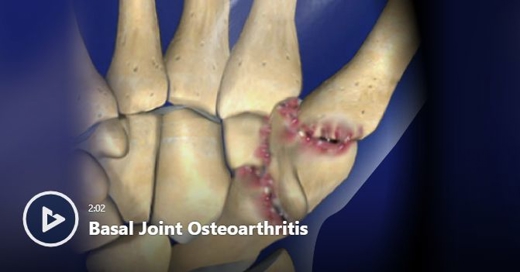 Basal Joint OsteoarthritisWatch Video
Basal Joint OsteoarthritisWatch Video -
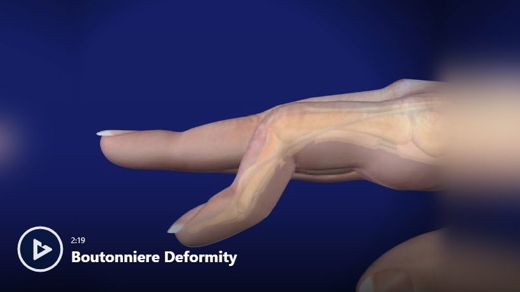 Boutonniere DeformityWatch Video
Boutonniere DeformityWatch Video -
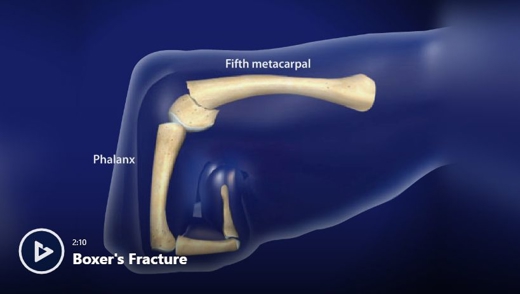 Boxer's FractureWatch Video
Boxer's FractureWatch Video -
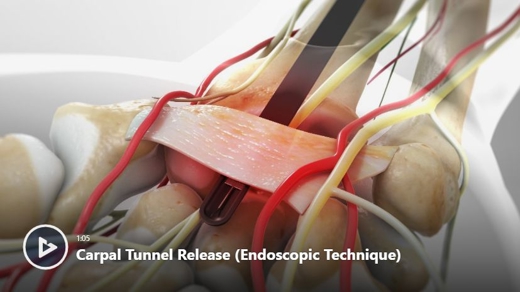 Carpal Tunnel Release (Endoscopic Technique)Watch Video
Carpal Tunnel Release (Endoscopic Technique)Watch Video -
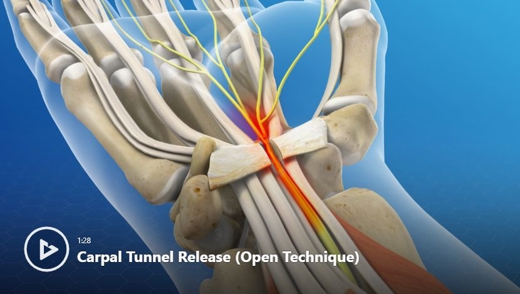 Carpal Tunnel Release (Open Technique)Watch Video
Carpal Tunnel Release (Open Technique)Watch Video -
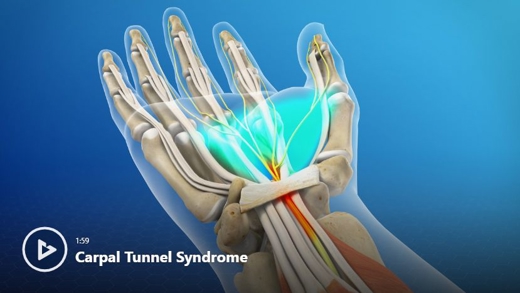 Carpal Tunnel SyndromeWatch Video
Carpal Tunnel SyndromeWatch Video -
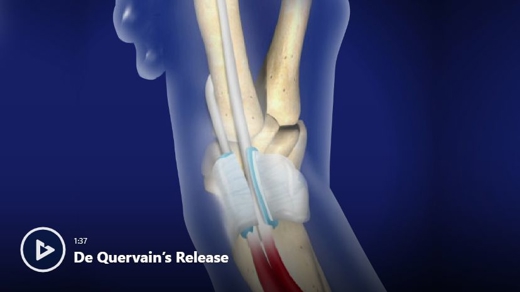 De Quervain's™ ReleaseWatch Video
De Quervain's™ ReleaseWatch Video -
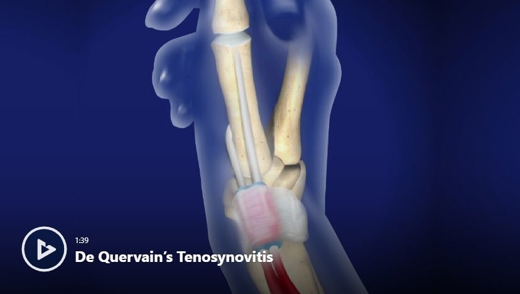 De Quervain's™ TenosynovitisWatch Video
De Quervain's™ TenosynovitisWatch Video -
 Digital Mucous CystsWatch Video
Digital Mucous CystsWatch Video -
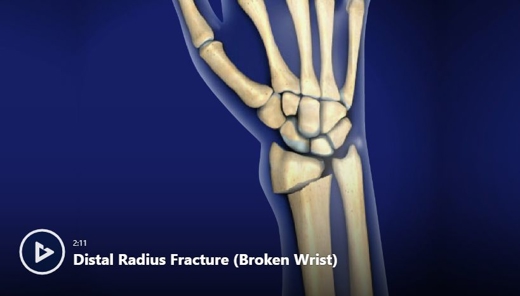 Distal Radius Fracture (Broken Wrist)Watch Video
Distal Radius Fracture (Broken Wrist)Watch Video
Blogs about Carpal Tunnel Syndrome
-
 2 Major Signs Of Carpal Tunnel Syndrome You Shouldn't Ignore
2 Major Signs Of Carpal Tunnel Syndrome You Shouldn't IgnoreYou’ve probably heard the words “carpal tunnel syndrome” thrown around before, and maybe you have a vague idea of what the health condition entails. ...
Read More -
 Striking Out With Baseball Finger
Striking Out With Baseball FingerNothing heralds the arrival of Summer more than baseball season. America’s favorite pastime is not only a popular spectator sport. More than 40 ...
Read More -
 Hand Trauma: Can This Finger Be Saved?
Hand Trauma: Can This Finger Be Saved?No one likes to think about the possibility of losing a finger. But all too often, I am called to a local emergency room to help save or re-attach a ...
Read More -
 Could It Be Carpal Tunnel Syndrome?
Could It Be Carpal Tunnel Syndrome?Carpal tunnel syndrome refers to an inflammation of the median nerve at the wrist. There is a structure in the wrist called the carpal tunnel, through ...
Read More -
 What's New In Osteoarthritis Treatment?
What's New In Osteoarthritis Treatment?By James T. Caillouette, MD Osteoarthritis (OA) is a progressive disease that is sometimes referred to as “wear and tear” arthritis. It is the most ...
Read More


